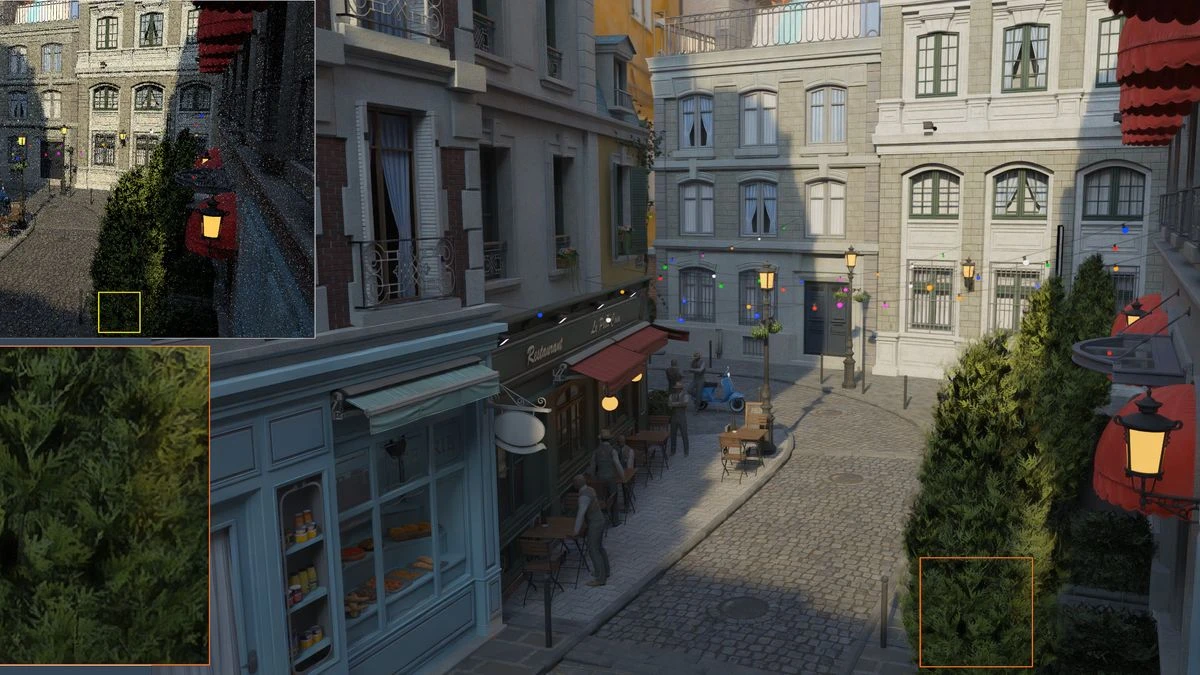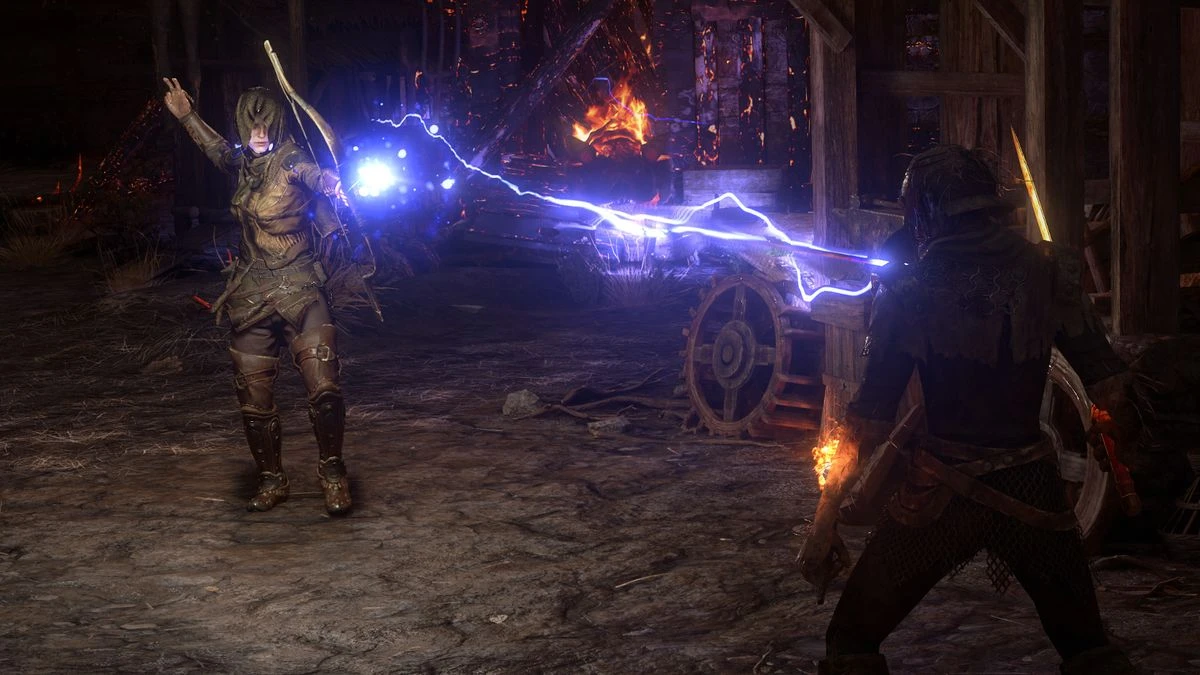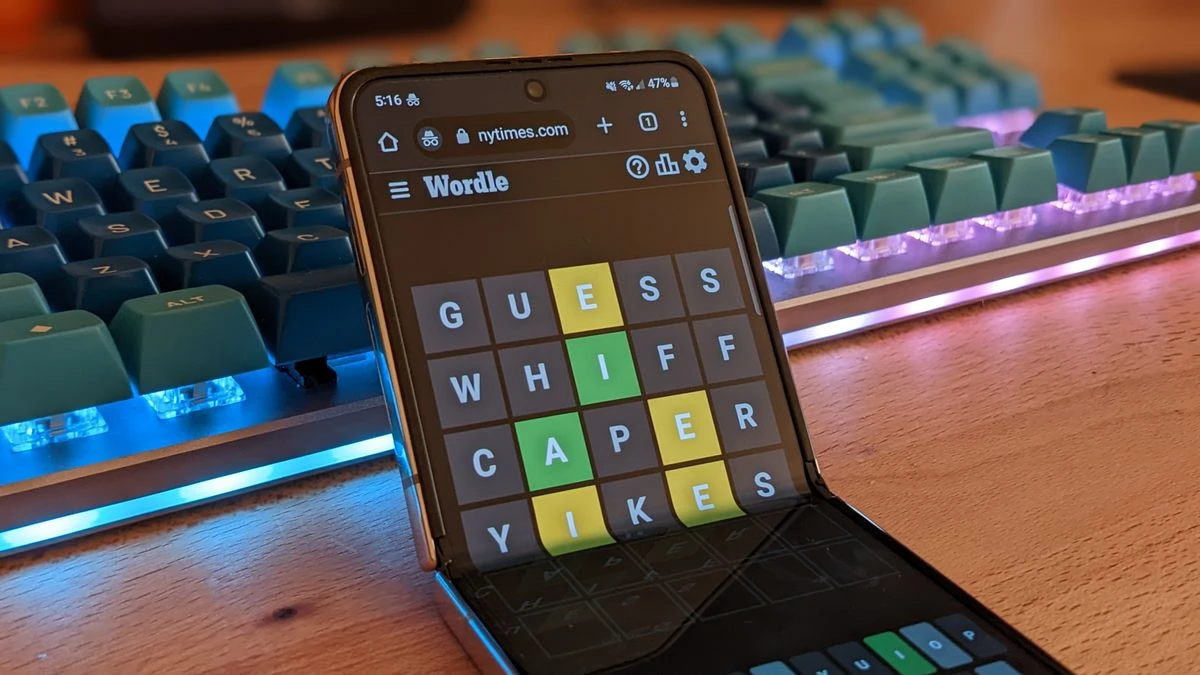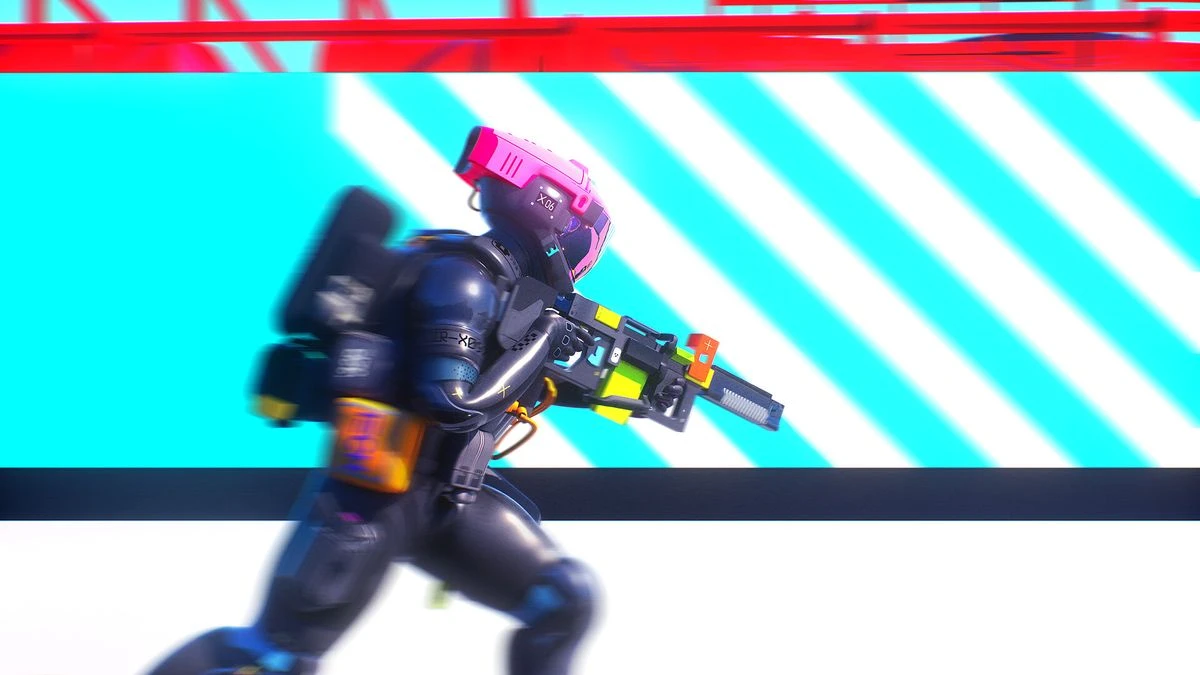AMD drops a hint about the possible use of AI in its next-gen upscaling package, FSR 4.
In a blog post on GPUOpen (a site for game developers and graphics designers), AMD may have revealed that it will be incorporating a ray-tracing denoiser in its next generation FSR. It will also use a neural network powered by AI to accomplish this.
If you haven't been using an old graphics card for the past six-plus years and consciously ignoring all GPU developments, you will know that AMD Intel and Nvidia are all working hard to implement techniques to improve visual quality and ray tracing.
The number of rays used to calculate lighting, reflections, shadows and so on has a great impact on the latter. Ray tracing can be very demanding, so even the most powerful graphics cards, such as AMD's RX7900 XTX or Nvidia's RTX4090, only use a small number of rays.
Denoising is a process that games use to clean up the image. While games like Cyberpunk 2077 and Black Myth: Wukong use their own denoiser systems, Nvidia's Ray Reconstruction (RR) is AI-powered.
Cyberpunk 2077's denoiser is noticeably improved by the use of ray reconstruction.
The GPUOpen post makes clear that Nvidia will not be the only GPU vendor to offer such a feature soon. "We are actively investigating neural techniques for Monte Carlo denoising with the goal of moving to real-time path tracking on RDNA GPUs."
AMD's RDNA 2, 3 and 3.5 GPUs are all capable of denoising at the moment, but only if the game and shader cores provide it. The fact that AMD is on board with Nvidia's use of AI to boost ray-tracing results is that the research specifically uses a neural net to do it.
Does this mean future RDNA GPUs have dedicated hardware to do AI calculations? AMD's shader cores and specific instructions (referred as WMMA) are used instead of the discrete tensor-cores found in Nvidia's RTX chips.
This could change in RDNA 4 for two reasons. AMD will be aware that discrete hardware is better for such tasks. One reason is that Sony's PlayStation 5 Pro comes with a dedicated chip to accelerate the AI routines in its new PSSR Upscaler. The second goal is listed in AMD's research on denoiser: "Highly optimized real-time performance for path tracing at a 4K resolution."
This alone indicates that AMD will have dedicated hardware to do neural networks. At 4K, the general-purpose shaders are not going to suffice, unless you have a mountain of them. The only ray-tracing chips on the desktop market with dedicated tensor/matrix unit are RNDA GPUs. AMD is bound to follow suit.
The fact that AMD previously stated its intention to use AI to upscale all of its gaming devices, makes me believe that RDNA 4 chips could have matrix cores used for FSR 4 AI upscaling and frame generation.
AMD has always believed that its FSR package would run on as many GPUs, not just Radeon cards but also those from Intel and Nvidia, as long they had the right level shader support.
AMD's small share of the discrete GPU market could backfire if the new technology was only available on one generation of RDNA hardware. AMD could offer a dual-tier FSR 4 system like Intel with XeSS. The full AI-powered package would only work on RDNA 4 processors, but a slower, less impressive version of the system is available to everyone.
It's impossible to know for sure until we have more information, but Radeon enthusiasts can take comfort in knowing that AMD is working hard to make its GPUs the most modern.




Comments